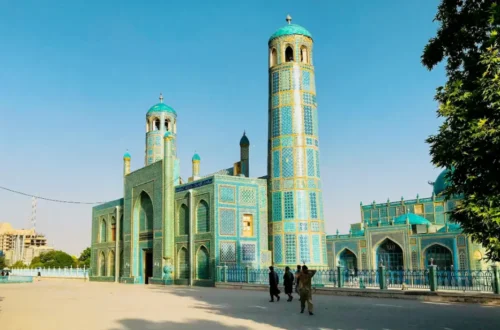“Timeless Wonders: Unveiling the Rich History of Old Cairo”
Exploring Old Cairo is like stepping back in time to the roots of this vibrant city. The origins of Cairo lie in the southern edges, known as Old Cairo, where an ancient canal once connected the Nile River and the Red Sea over two thousand years ago. Despite the river’s shift, historical sites from the Greco-Roman period to the Christian era remain.
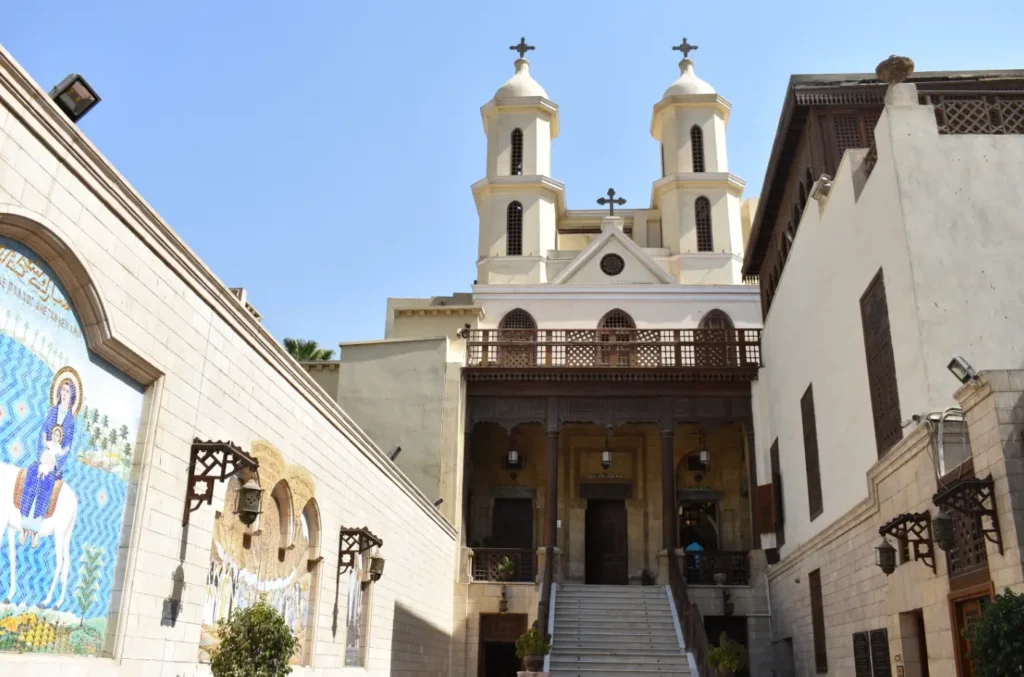
At the strategic location of the canal mouth, a fortress called Babylon was erected around 525 BCE, marking the boundary between Upper and Lower Egypt. Romans later expanded it into a formidable structure, now serving as the foundation for numerous historic sites in Coptic Cairo.
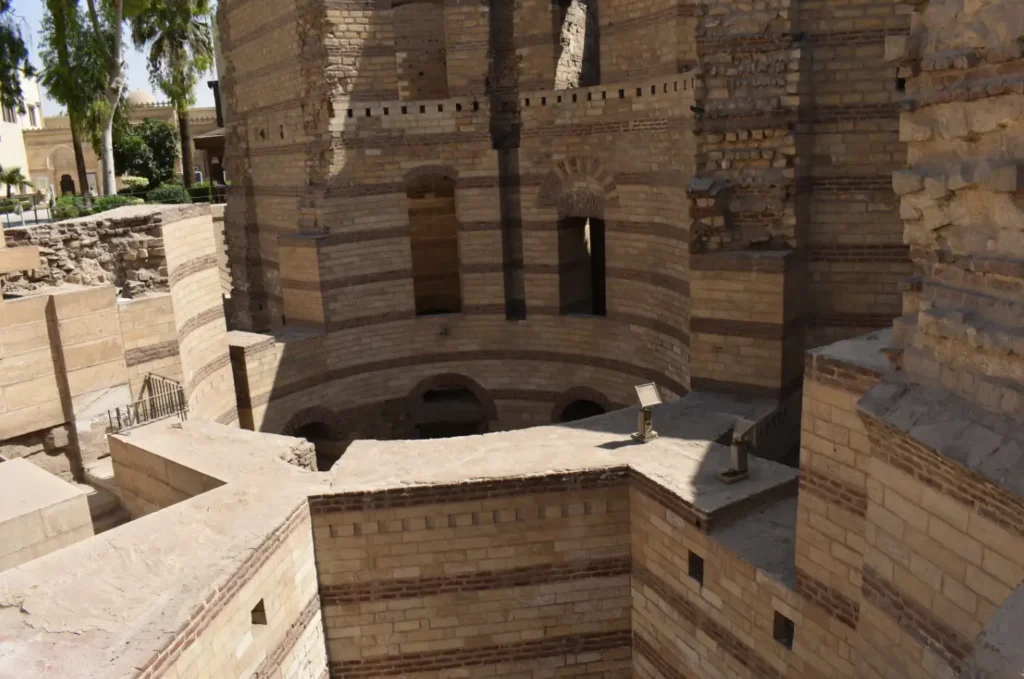
Coptic Cairo, clustered around Babylon’s fort, preserves the transition from the decline of the pharaonic religion to Egypt’s Christian majority before Islam arrived. The area boasts the Coptic Museum, established in 1910, housing the world’s largest collection of Coptic Christian artwork. The museum narrates Coptic history, blending influences from Egyptian, Greek, Roman, Byzantine, and Ottoman traditions.
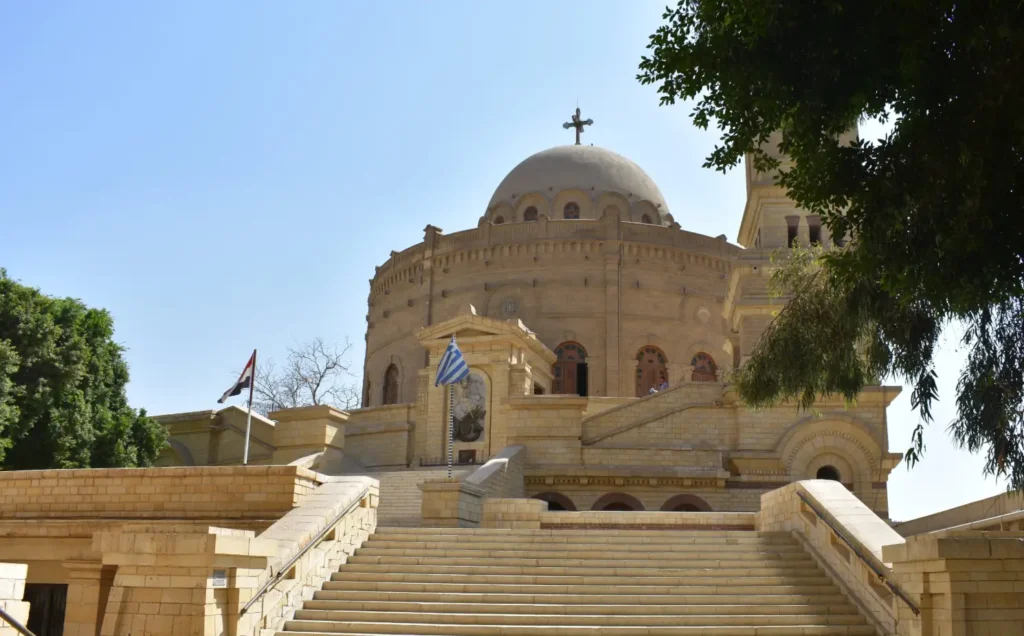
Six ancient churches, including the Hanging Church from the 9th century, perch on Babylon’s walls. Further into Coptic Cairo, the Church of St. Sergius, dating back to the 5th century, is said to stand where the Holy Family sought refuge in Egypt. The oldest synagogue in Cairo, Ben Ezra Synagogue, founded in the 9th century, claims a historical connection to either the Temple of Jeremiah or the discovery of Moses among the reeds.
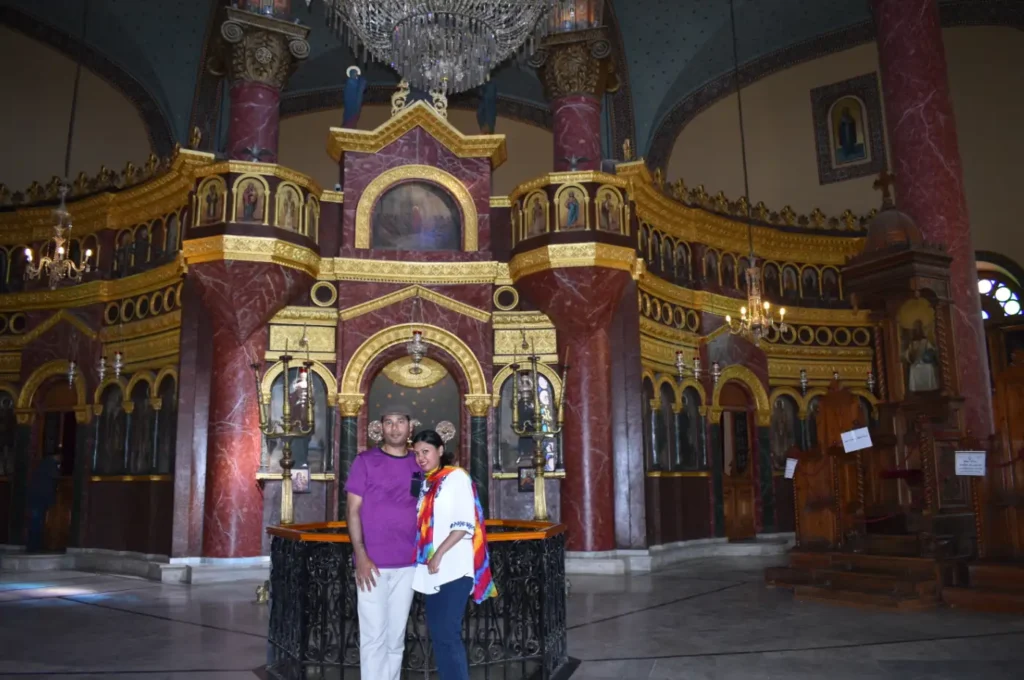
The experience of Old Cairo is a captivating journey through time, embracing the rich tapestry of Egypt’s cultural and religious evolution.


